
Head injury refers to the trauma to the scalp, skull or brain. All head injuries are divided into two groups open and closed. If the injury is closed it means that the skull has not been broken while open head injuries refer to injuries in which the skull has been broken and the the brain has been directly involved. Traffic accidents in which people move with great acceleration through windshields or gunshots to the head represent the typical open head injuries. The most common types of head injuries are concussions and contusions. People ought to learn to recognize the symptoms of a head injury and if necessary to provide with the first aid. This can be lifesaving.
Head injuries are generally caused by traffic accidents, drops, fights, and accidents while playing sports. In case of brain hemorrhage the state can worsen so a coma develops and a person may suffer serious neurological consequences (chronic headaches, nerve paralysis, seizures, speech problems, problems with senses).
Symptoms occur right after the injury or during the following hours or even days. Even in case of closed injuries brain can bump into the skull quite hard and be seriously damaged. The surface of the skull may seem without any changes but what happens inside can be life threatening. This includes intracranial bleeding which leads to brain edema.
If the person shows one of the following symptoms the condition is quite serious and it requires immediate professional help: changes in pupils' appearance, seizures, distorted features of the face, fluid that comes from the ears, mouth or eyes, fracture on the skull or face and edema of the injured area, loss of vision hearing or smell, inability to move extremities, behavior changes, unconsciousness or confusion plus sleepiness, low blood pressure and low breathing rate, intensive headaches, stiff neck and vomiting, blurred vision.
It is the duty of all the people to call 911 if anything of the previously mentioned has happened. The airway, breathing and heart beat must be checked and if there is is need cardiopulmonary resuscitation must be applied. If vital parameters are under control and injured person is without consciousness he/ she is treated as if there was injury to the spine. The head and neck must be stabilized meaning that the head has to be in the line of the spine. Until the medical help arrives this position is kept to restrict movements.
In case of bleeding the wound is pressed with a clean fabric. If there is a possibility of fracture of the skull only sterile gauze may be put onto the wound without any additional pressure. If person is vomiting he/she must be put into position which prevents choking. This is done by rolling the head, neck, and the body as one entity especially if there is a chance of spinal damage. Mild cases are monitored for a few days (first 24 hours are most important) and they generally do not need any treatment at all.


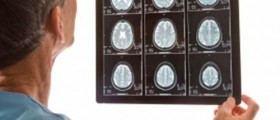



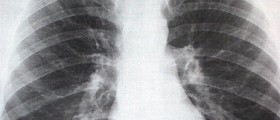

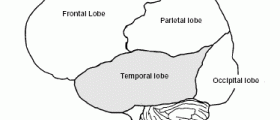

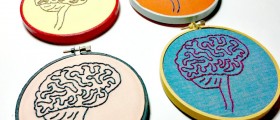

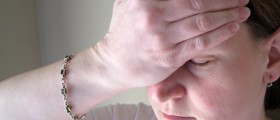



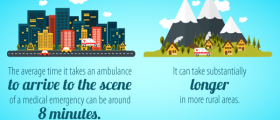
Your thoughts on this
Loading...